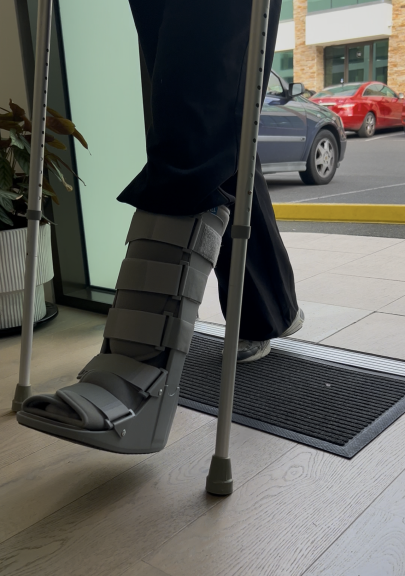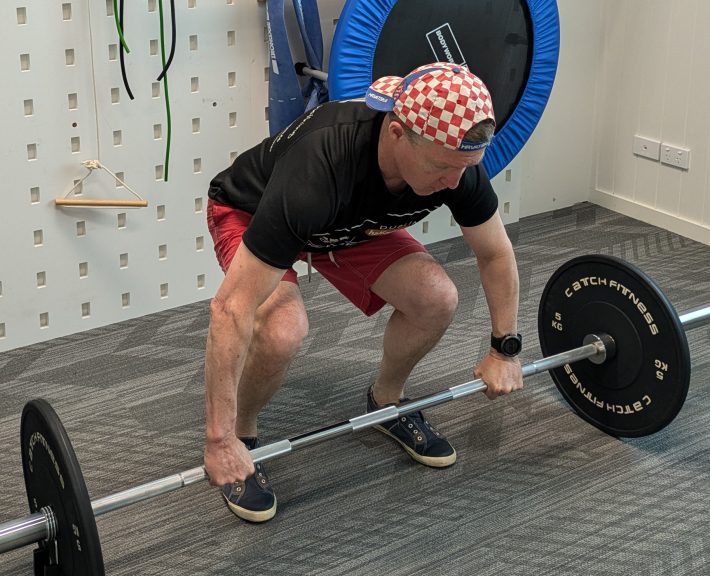Understanding muscle injuries
Muscle injuries are common for people who exercise regularly and aim to improve their health status. Not all muscle injuries are bad, such as the soreness after a gym session, run or returning to activity you haven’t done for a while. There are times though when muscle pain is not pleasant, and it results in a pain that last for longer than normal and limits your ability to exercise and move. It is these types of injuries that need expert management.
Muscle Injuries are complex
Muscle injuries are often complex and not straight forward. As clinicians, we often have patients with muscle pain that is referred from other body areas and involves bone and tendons. This complexity needs to be considered to help to correctly diagnose, communicate with patients and effectively treat.
A new classification tool
With this in mind here at PeakMSK Physiotherapy, we are aware of a highly regarded muscle classification tool that was developed by leading Sports Doctors including Australian Dr John Orchard (Cricket Australia). We believe that using this classification tool can make the diagnosis and management plan easier for patients to understand.
Munich consensus statement explained and simplified
The Munich Muscle Classification tool has 4 main types of muscle injuries, these being:
- Type 1 – Muscle soreness from unaccustomed exercise
- Type 2 – Muscle soreness referred from another body area
- Type 3 – Muscle pain from a tear within the muscle
- Type 4 – Body pain that is due to muscle and bone injury

We believe that the use of this classification tool will help patients understand the cause of injury and provide a direction for an effective rehabilitation and promising recovery. If you need advice with management of your muscle injury get in contact with one of our leading Physiotherapists, Jayce Gilbert.
Ekstrand, J., Healy, J. C., Waldén, M., Lee, J. C., English, B., & Hägglund, M. (2012). Hamstring muscle injuries in professional football: the correlation of MRI findings with return to play. British journal of sports medicine, 46(2), 112-117.Mueller-Wohlfahrt, H.W., Haensel, L., Mithoefer, K., Ekstrand, J., English, B., McNally, S., Orchard, J., van Dijk, C.N., Kerkhoffs, G.M., Schamasch, P. & Blottner, D. (2013). Terminology and classification of muscle injuries in sport: the Munich consensus statement. Br J Sports Med, 47(6), 342-350.
Verrall, G. M., Slavotinek, J. P., Barnes, P. G., Fon, G. T., & Spriggins, A. J. (2001). Clinical risk factors for hamstring muscle strain injury: a prospective study with correlation of injury by magnetic resonance imaging. British Journal of Sports Medicine, 35
(6), 435-439.













